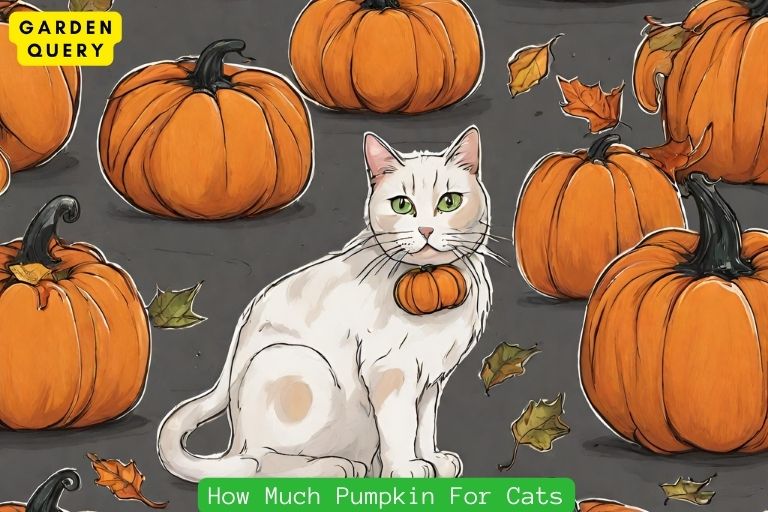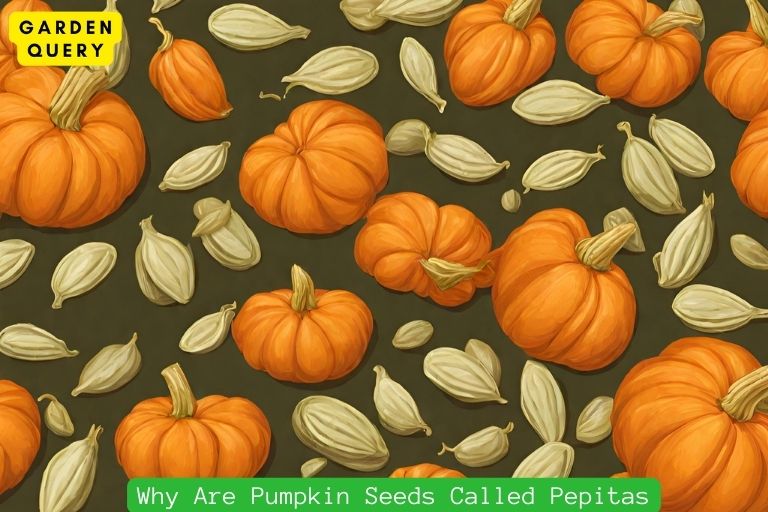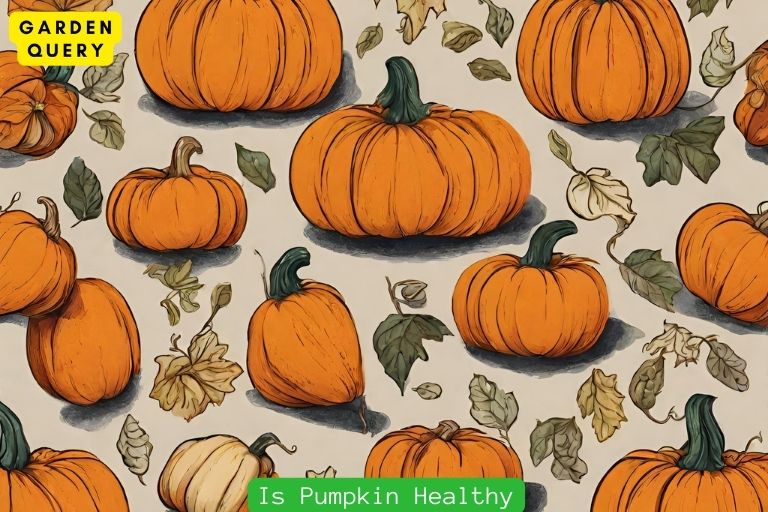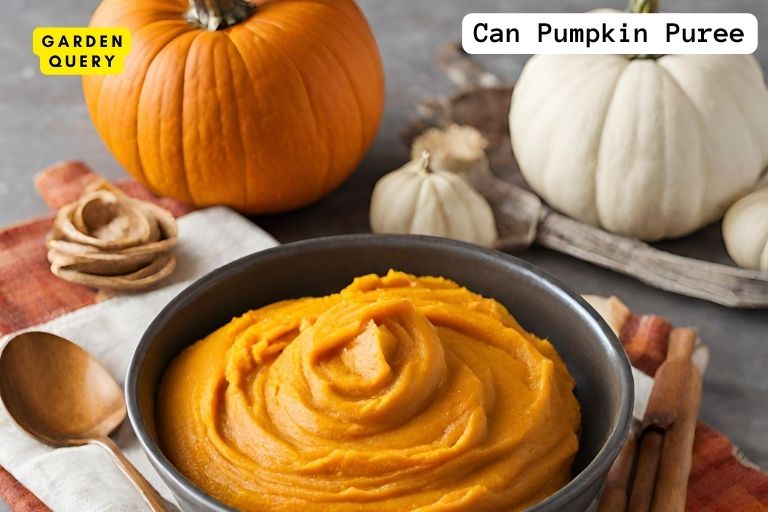How Much Pumpkin For Cats?
Is Pumpkin Safe for Cats?
Is pumpkin safe for cats to eat?
Many cat owners may wonder if it is safe to feed pumpkin to their furry companions. The good news is that pumpkin is generally safe for cats to eat. In fact, it can even offer some health benefits. However, it’s important to understand how much pumpkin to give and the potential risks associated with feeding it to cats.
Pumpkin is a nutrient-rich food that is low in calories and high in fiber. It is packed with vitamins A, C, and E, as well as minerals such as potassium and magnesium. These nutrients can support a cat’s overall health and digestion. Additionally, pumpkin contains a high water content, which can help keep cats hydrated.

Benefits and risks of feeding pumpkin to cats
Feeding pumpkin to cats can provide several benefits:
- Improves digestion: Pumpkin is known for its high fiber content, which can help regulate a cat’s digestive system. It can be particularly helpful for cats experiencing constipation or diarrhea.
- Weight management: Due to its low calorie content, pumpkin can be used as a healthy treat for cats that are overweight or prone to obesity. The high fiber content also helps cats feel full, reducing excessive snacking.
- Urinary health: The high water content in pumpkin can contribute to a cat’s urinary health by promoting hydration and flushing out toxins.
- Supports hairball prevention: The fiber in pumpkin can help move hairballs through a cat’s digestive system, reducing the likelihood of hairball-related issues.
Despite its benefits, there are some risks associated with feeding pumpkin to cats. It is important to note that cats should only consume plain, cooked pumpkin. Avoid feeding them pumpkin pie filling, which may contain added sugars, spices, or other ingredients that can be harmful to cats. Additionally, always introduce any new food gradually to avoid gastrointestinal upset.
How much pumpkin to give to cats:
When feeding pumpkin to cats, it is crucial to give the correct amount. Too much pumpkin can lead to digestive upset, while too little may not provide the desired benefits.
As a general guideline, you can give your cat about one teaspoon of plain, cooked pumpkin per day. For cats with digestive issues, such as constipation, you may increase the amount to one tablespoon per day. It is recommended to consult with your veterinarian before introducing pumpkin or any new food into your cat’s diet.
In conclusion, pumpkin is generally safe for cats to eat and can offer several health benefits. It can improve digestion, support weight management, promote urinary health, and aid in hairball prevention. However, it is essential to feed plain, cooked pumpkin and introduce it gradually. Always consult with your veterinarian for personalized advice on feeding pumpkin or any dietary changes for your cat.
How to Feed Pumpkin to Your Cat
If you’re a cat owner, you may have heard about the benefits of feeding your feline friend pumpkin. Pumpkin can be a great addition to your cat’s diet, providing various health benefits and helping with digestive issues. However, it’s important to know how to introduce pumpkin to your cat’s diet and how much to feed them for proper dosage.
Introducing pumpkin to your cat’s diet
When introducing pumpkin to your cat’s diet, it’s essential to do it gradually. Start by mixing a small amount of pureed pumpkin with your cat’s regular food. This will allow your cat to get used to the taste and texture of pumpkin without causing digestive upset. You can gradually increase the amount of pumpkin over time, as long as your cat tolerates it well.
Remember to use plain, canned pumpkin puree without any additives or sweeteners. Avoid using pumpkin pie filling, as it often contains added sugars and spices that can be harmful to cats.
Mixing pumpkin with cat food for proper dosage
The dosage of pumpkin for cats depends on the specific health issue you are addressing. However, a general guideline is to mix 1 to 4 tablespoons of pumpkin puree per meal. This can help with constipation, diarrhea, or other digestive issues.
If your cat is suffering from constipation, the fiber in pumpkin can help add bulk to their stool and promote regular bowel movements. On the other hand, if your cat has diarrhea, the soluble fiber in pumpkin can help absorb excess water and firm up their stool.
It’s important to monitor your cat’s response to pumpkin and adjust the dosage accordingly. If you notice any adverse effects or if your cat’s condition worsens, consult with your veterinarian for further guidance.
In conclusion, feeding pumpkin to your cat can be beneficial for their digestive health. By introducing pumpkin gradually and using the proper dosage, you can help alleviate issues such as constipation or diarrhea. Always choose plain, canned pumpkin puree without any additives or sweeteners. Remember, if your cat has any underlying medical conditions or if you are unsure about feeding pumpkin to your cat, consult with your veterinarian for personalized advice.
Health Benefits of Pumpkin for Cats
Pumpkin as a source of fiber for digestive health
Pumpkin is not only a tasty treat for humans during the fall season, but it can also provide numerous health benefits for our feline friends. One of the primary advantages of adding pumpkin to a cat’s diet is its high fiber content. Fiber is essential for maintaining a healthy digestive system in cats, just as it is in humans.
The fiber found in pumpkin can help regulate bowel movements and prevent constipation in cats. It adds bulk to their stool, making it easier for them to pass. This can be particularly beneficial for cats who are prone to gastrointestinal issues or who experience occasional digestive upsets. Additionally, pumpkin can also help regulate a cat’s appetite, preventing them from overeating or feeling excessively hungry.
Pumpkin for weight management and hairball prevention
Weight management is another area where pumpkin can be beneficial for cats. If your cat needs to shed a few pounds or maintain a healthy weight, incorporating pumpkin into their diet can help. Pumpkin is low in calories and high in fiber, making it a filling and satisfying addition to their meals. It can help reduce their overall calorie intake, without sacrificing nutrition.
Furthermore, pumpkin can help prevent hairballs in cats. Hairballs occur when cats groom themselves and swallow excessive amounts of fur, which then accumulates in their stomachs. The fiber in pumpkin aids in moving hair through the digestive system, reducing the likelihood of hairballs forming. This can be especially helpful for cats with long or thick fur who are prone to experiencing hairball-related issues.
When incorporating pumpkin into a cat’s diet, it’s important to do so gradually and in moderation. Start by adding a small amount to their food and monitor their response. If your cat shows any signs of digestive upset or allergic reactions, discontinue the use of pumpkin and consult with your veterinarian.
In conclusion, pumpkin can be a valuable addition to a cat’s diet, providing important health benefits. Whether it’s for digestive health, weight management, or hairball prevention, the fiber-rich properties of pumpkin can promote overall wellness in our feline companions. As always, it’s best to consult with a veterinarian before making any significant changes to your cat’s diet.
Pumpkin Recipes for Cats
Homemade pumpkin treats for cats
When it comes to treating your furry friends, pumpkin can be a tasty and healthy option. Cats can enjoy the benefits of pumpkin in the form of homemade treats. Making your own pumpkin treats allows you to control the ingredients and ensure that your cat is getting a nutritious snack. Here’s a simple recipe to make homemade pumpkin treats for your cat:
Ingredients:
- 1 cup canned pumpkin (make sure it’s pure pumpkin and not pumpkin pie filling)
- 1 cup whole wheat flour
- 1 egg
Instructions:
- Preheat your oven to 350°F (175°C) and line a baking sheet with parchment paper.
- In a mixing bowl, combine the canned pumpkin, whole wheat flour, and egg. Mix until the ingredients are well combined and a dough forms.
- Dust your work surface with flour and roll out the dough to approximately 1/4-inch thickness.
- Use a cookie cutter or knife to cut out cat-shaped treats or any other shape you prefer.
- Place the treats onto the prepared baking sheet and bake for 15-20 minutes, or until the treats are golden brown and crisp.
- Allow the treats to cool completely before serving them to your cat.
Remember to store any leftover treats in an airtight container in the refrigerator for freshness. These homemade pumpkin treats can be given to your cat as an occasional special treat or used for training purposes.
Pumpkin puree for cats with digestion issues
If your cat is experiencing digestive issues, pumpkin puree can be a helpful aid. It is a natural source of fiber and can help regulate your cat’s digestion. Here’s how you can make pumpkin puree for your cat:
Ingredients:
- 1 small pumpkin
Instructions:
- Preheat your oven to 350°F (175°C).
- Cut the pumpkin in half and remove the seeds and pulp.
- Place the pumpkin halves, cut side down, on a baking sheet lined with parchment paper.
- Roast the pumpkin in the oven for about 45 minutes, or until the flesh is tender.
- Once the pumpkin is cool enough to handle, scoop out the flesh from the skin.
- Mash the pumpkin flesh with a fork or blend it in a food processor until it reaches a smooth consistency.
- Store the pumpkin puree in an airtight container in the refrigerator.
You can mix a small amount of pumpkin puree with your cat’s regular food to aid digestion. Start with a teaspoon and gradually increase the amount if your cat tolerates it well. It’s important to consult your veterinarian before making any significant changes to your cat’s diet, especially if your cat has any underlying health conditions.
In conclusion, pumpkin can be a beneficial addition to your cat’s diet. Whether you choose to make homemade pumpkin treats or use pumpkin puree to aid digestion, always keep an eye on your cat’s response and consult your veterinarian for any concerns or questions about incorporating pumpkin into your cat’s diet.
Pumpkin Precautions and Potential Side Effects
Potential side effects of feeding too much pumpkin to cats
Feeding pumpkin to your furry feline friend can offer numerous benefits, but it’s important to keep in mind that moderation is key. While pumpkin is generally safe for cats, feeding them too much can lead to potential side effects. It’s crucial to be aware of these possible issues to ensure the health and well-being of your beloved pet.
Feeding excessive amounts of pumpkin to your cat may result in gastrointestinal issues such as diarrhea or an upset stomach. This is especially true if your cat has a sensitive digestive system. Additionally, too much pumpkin can lead to an imbalance in your cat’s diet, as it contains high levels of fiber. This can disrupt their normal eating patterns and potentially cause nutrient deficiencies if not properly managed.
When to consult a veterinarian about pumpkin consumption
If you notice any adverse reactions or changes in your cat’s behavior or health after consuming pumpkin, it’s important to consult with a veterinarian. They can provide professional guidance and determine if there are any underlying issues that need to be addressed. Additionally, if your cat has any pre-existing conditions or is on a special diet, it’s crucial to consult with your vet before introducing pumpkin into their diet.
Furthermore, it’s important to note that pumpkin should never replace a balanced and complete cat food diet. While it can be a beneficial supplement, it should not be the sole source of nutrition for your cat. Talk to your veterinarian about the appropriate amount of pumpkin to include in your cat’s diet based on their specific needs and dietary requirements.
In summary, while pumpkin can provide several advantages for cats, it’s essential to exercise caution and moderation. Too much pumpkin can lead to potential side effects, such as gastrointestinal issues and dietary imbalances. If you notice any adverse reactions or have concerns about your cat’s pumpkin consumption, consult with a veterinarian for professional advice. Keep in mind that pumpkin should never replace a balanced cat food diet and should only be used as a supplement when appropriate.
- Best Therapists In Dallas - February 1, 2024
- Holly Willoughby Husband: Holly Willoughby’s Love Story - January 30, 2024
- Holly Willoughby Dress: 5 Style Secrets and 7 Must-Know Career Milestones - January 30, 2024





